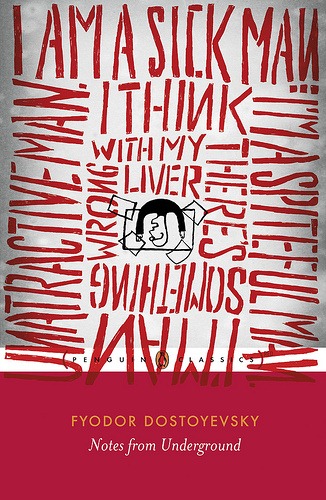Read in ‘The Christal Palace’ (2005) of Peter Sloterdijk:

Peter Sloterdijk’s ‘In the World Interior of Capital’ (Het Kristalpaleis) is a must read, especially at this very moment, after the events in ‘Paris’ and ‘Brussels’. Sloterdijk’s philosophy of globalization is based on the story of Christal Palace in London, 1851, the first World Exhibition. The building of glass and steel, designed by Joseph Paxton, was an impressive pleasure ground of Western capitalism, luxury, consumerism and power, a temple of pure commercial and decadent Enlightenment. When the Russian novelist Fyodor Dostoyevski visited it in 1862, he was astonished. After years of death camps in Siberia, which he survived, he entered the palace. His awe and loathing got mixed up with his reading of Chernyshevsky’s novel ‘What Is To Be Done?’, published in 1863. An explosive concoction was brewed in his mind. Sloterdijk: “Famous for its time, (and of a resolutely pro-Western tendency), and with consequences that would extend all the way to Lenin, this book announced the "New Man" who, after accomplishing the technical solution to the social question, would live amongst his peers in a communal palace of glass and metal-the archetype of shared accommodation in the East and the West. Chernyshevsky’s culture palace was conceived as a luxury edifice with an artificial climate, in which an eternal spring of consensus would prevail. Here, the sun of good intentions would shine day and night, the peaceful coexistence of everyone with everyone would go without saying.” The Christal Palace became the expression of expansive Western civilization.
So then Dostoyevsky decided to write his ‘Notes fr0m the Underground, published in 1864. The short novel is about a man living in Saint Petersburg, fulminating against modernity, being very angry with the West. According to Sloterdijk it is the first expression of opposition to globalization, a book on terrorism, hatred, violence and boredom. “The visionaries of the 19th century, like the communists in the 20th century, had already understood that social life after the end of combatant history could only play out in an extensive interior, an interior space ordered like a house and endowed with an artificial climate. Whatever one may understand by the term real history, it should, like its spearheads, sea voyages and expansionist wars, remain the perfect example of undertakings in the open air. But if historical battles should lead to eternal peace, the whole of social life would have to be integrated into a protective housing. Under such conditions, no further historical events could occur, at most household accidents. Accordingly, there would be no more politics and no more voters, but rather only contests for votes between parties and fluctuations among their consumers.” Until 9/11 it seemed this was really the case. Then the terrorists began their attacks. The media loved it. The terrorists know.
Geef een reactie